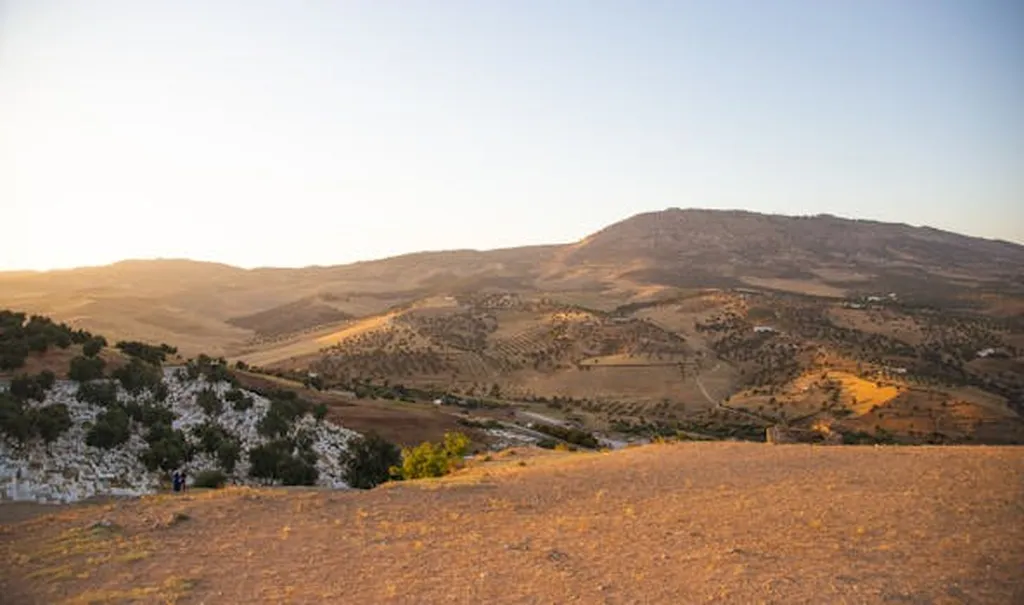In the heart of China’s rapid urbanization, a pressing challenge has emerged: the fragmentation of cultivated land, particularly those classified by slope gradients. This ecological fragility, coupled with the critical role these lands play in soil conservation and sustainable agriculture, has sparked a groundbreaking study led by Mengyuan Su from the Department of Land Management at Zhejiang University. The research, published in the journal *Remote Sensing* (translated as “Remote Sensing”), offers a novel framework for understanding and mitigating the impacts of urbanization on these vital lands.
Guangdong Province, a region experiencing swift urban growth, served as the backdrop for Su’s investigation. By leveraging multi-temporal geospatial data, machine learning interpretation, and socioeconomic datasets, the study quantified the spatiotemporal changes in slope-classified cultivated land fragmentation (SCLF) from 2000 to 2020. The findings revealed a complex pattern: SCLF decreased in the Pearl River Delta, exhibited “U-shaped” fluctuations in the west and east, and increased steadily in northern Guangdong.
Su’s research employed advanced machine learning techniques, including SHAP (SHapley Additive exPlanations) and XGBoost (Extreme Gradient Boosting), to identify key drivers and their interactions. “The machine learning interpretation highlights significantly amplified synergistic effects among drivers,” Su explained. “Socioeconomic factors, particularly agricultural mechanization and non-farm employment rates, exert dominant influences on fragmentation patterns.”
The study’s insights are not merely academic; they have profound implications for commercial impacts, particularly in the energy sector. As urbanization continues to encroach upon agricultural lands, the need for sustainable land use practices becomes increasingly critical. The energy sector, which relies heavily on agricultural products for biofuels and other renewable energy sources, stands to benefit from the differentiated protection strategies proposed by Su’s research.
Su’s team proposed a “core–transitional–marginal” protection framework, which aims to intensify land use efficiency and ecological resilience in core areas, couple land consolidation with green infrastructure in transitional zones, and promote agroecological diversification in marginal regions. This approach could serve as a model for other rapidly urbanizing regions, offering a blueprint for balancing development and sustainability.
The research published in *Remote Sensing* not only contributes to the scientific understanding of SCLF but also provides actionable strategies for policymakers and industry leaders. As the world grapples with the challenges of urbanization and climate change, Su’s work offers a beacon of hope, demonstrating how technology and innovation can drive sustainable development.
In the words of Su, “This research proposed a novel framework for SCLF, contributing to cultivated land protection and informing differentiated spatial governance in rapidly urbanizing regions.” The implications of this work extend far beyond Guangdong Province, offering a roadmap for preserving our most precious agricultural lands in the face of relentless urban growth.

